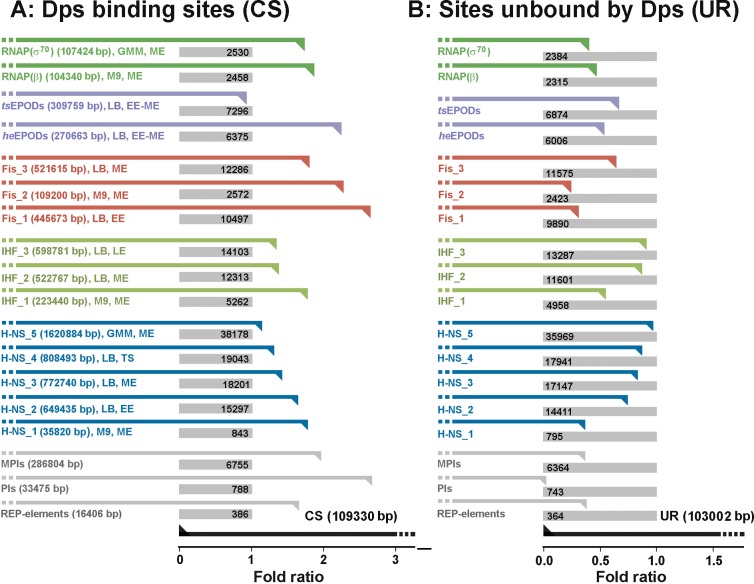Fig 4. Dps shares its binding sites with other proteins of bacterial nucleoid and has affinity to REP-elements and promoter islands.
Intersection of Dps targets (A) and sites unbound by Dps (B) with structural and functional elements of bacterial genome was estimated as described above for repeated sequences and plotted as fold ratio to the expected values. Bent black arrows on the bottom schematically show areas occupied by CS or UR. Gray rectangles and numerals inside indicate the expected number of common base pairs if compared modules are independently distributed along the genome. Gray and colored bent arrows show registered overlap calculated in 1 bp resolution. Numerals in parenthesis indicate the size of compared sets. Genomic locations of REP elements were taken from KEGG DataBase (http://www.genome.jp/kegg/, [63]), and fold ratios obtained for 302 REP-sequences containing 1–3 REP-modules (14–100 bp) were plotted. Analyzed ChIP-chip and ChIP-seq data sets were obtained from [46–51] for cells grown in LB medium (LB), M9 medium with fructose (M9) or MOPS minimal medium with glucose (GMM), harvested at early (EE), middle (ME) or late (LE) exponential phase or upon transition to the steady growth (TS).

